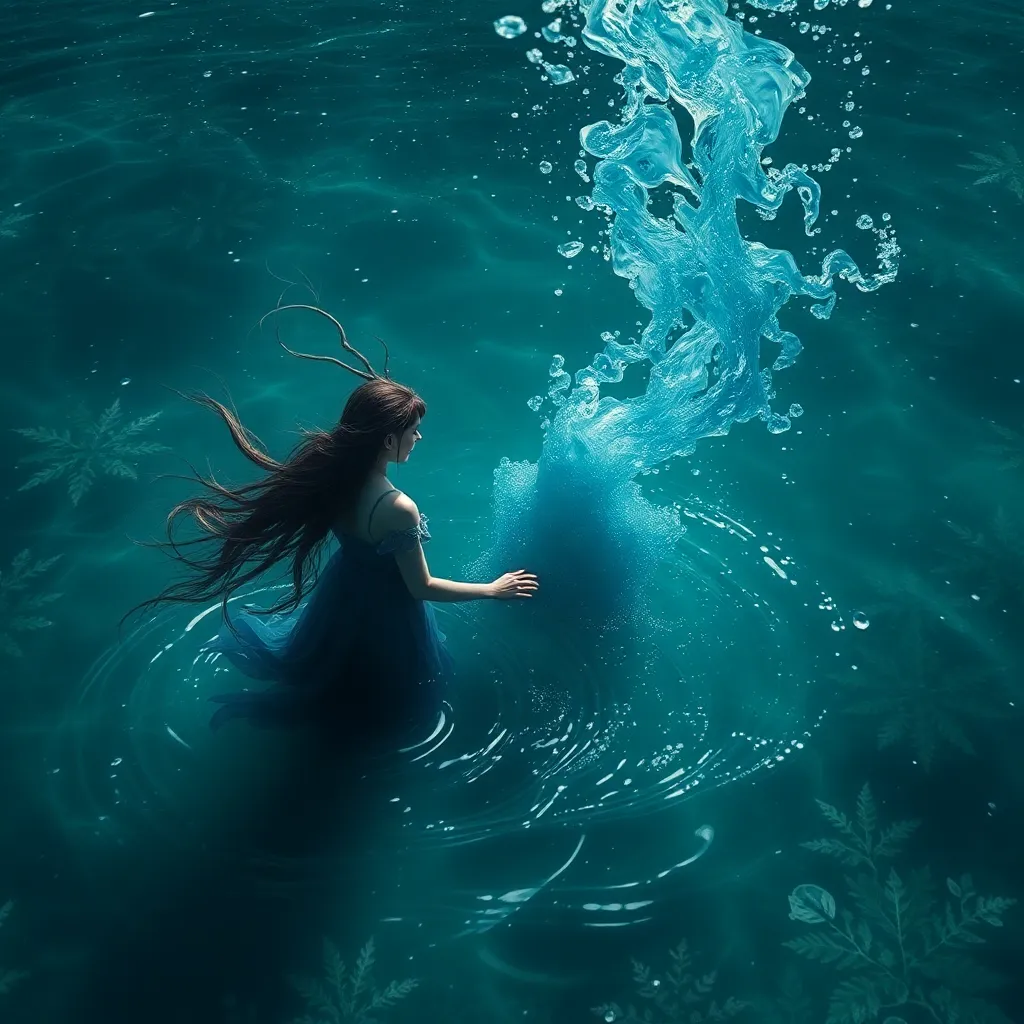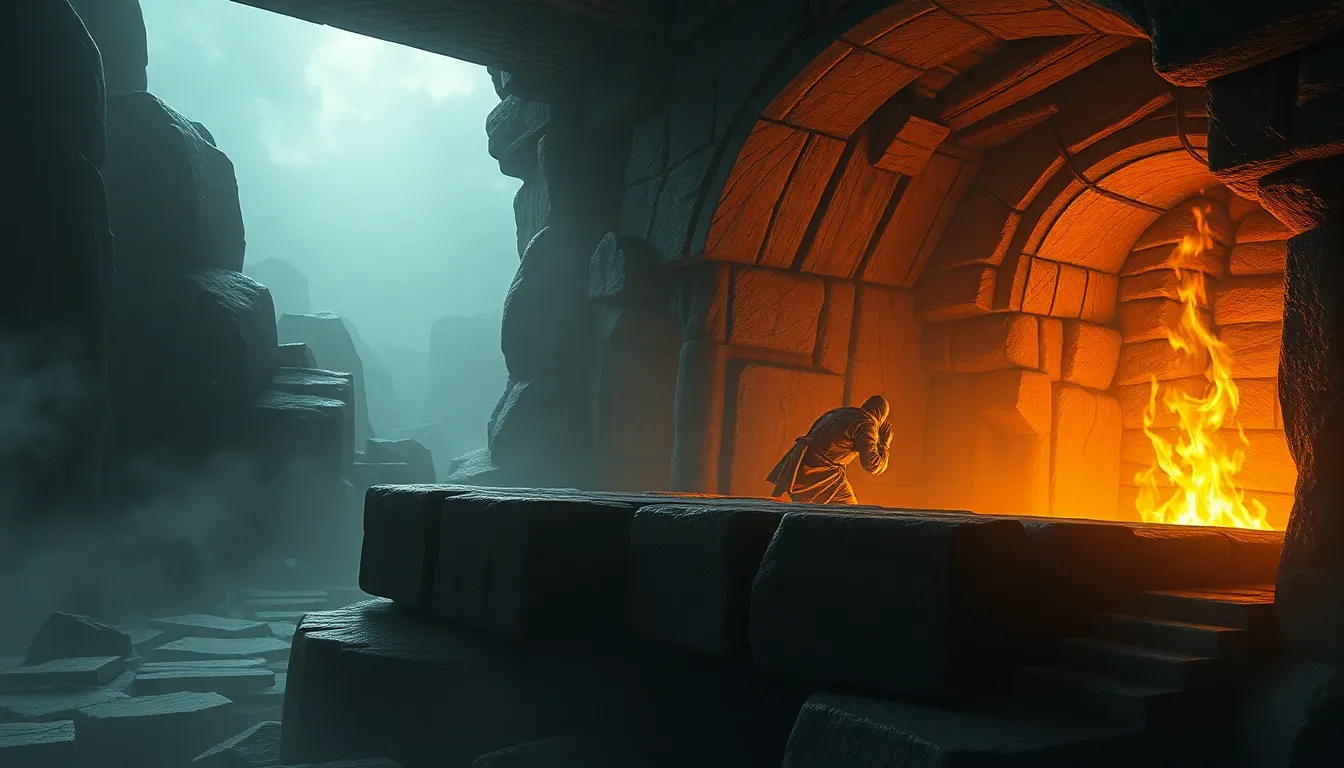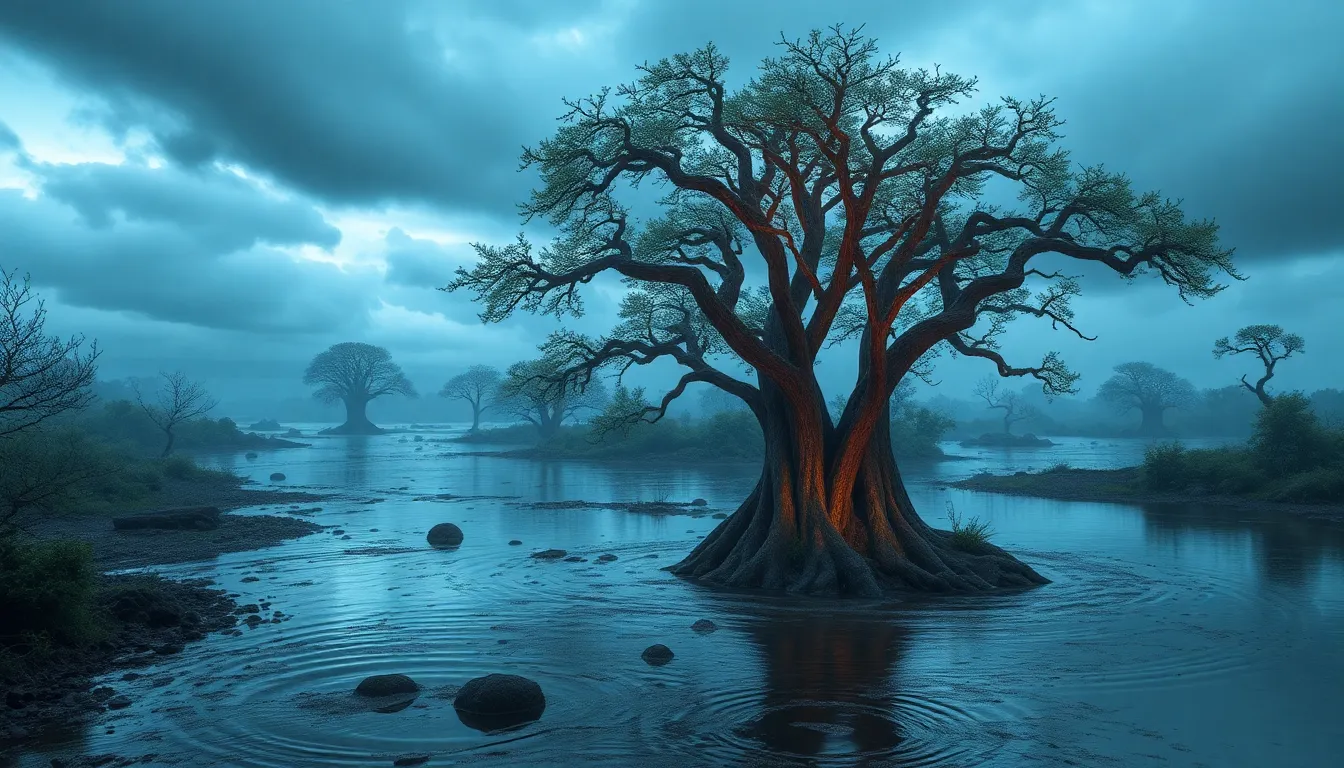Rusalka and the Human World: Examining the Interactions and Relationships Between Water Spirits and Humans
I. Introduction
The concept of the Rusalka is deeply rooted in Slavic folklore, embodying a rich tapestry of cultural narratives that explore the relationship between humanity and the supernatural. Rusalki, often depicted as enchanting water spirits, serve as a bridge between the natural world and human experience. This article aims to delve into the intricate interactions between Rusalki and humans, shedding light on their significance in folklore and cultural identity.
II. The Mythology of Rusalki
A. Definition and characteristics of Rusalki
Rusalki are typically portrayed as beautiful young women with long hair, often associated with bodies of water such as rivers, lakes, and streams. They are known for their ethereal beauty and enchanting voices, which can lure humans to their watery domains. Though they can appear benevolent, they are also capable of malevolence, reflecting the dual nature of water itself—nurturing yet potentially destructive.
B. Origins and historical context of Rusalka legends
The origins of Rusalka legends can be traced back to ancient Slavic beliefs about the spirits of nature and the afterlife. Initially, Rusalki were thought to be the souls of young women who died tragically, often before marriage or during childbirth. Over time, these stories evolved, and Rusalki became more associated with the water, symbolizing both life and death.
C. Variations of Rusalka stories across different Slavic cultures
Across Slavic cultures, the portrayal of Rusalki varies significantly. In some regions, they are seen as protectors of the waterways, while in others, they are viewed as vengeful spirits. For instance:
- In Russian folklore, Rusalki are often seen during the summer months, engaging in playful antics but also capable of drowning unwary travelers.
- In Ukrainian traditions, they are sometimes associated with fertility and the cycle of life, embodying the spirit of growth and renewal.
- In Polish stories, Rusalki may be depicted as more malevolent, acting out of jealousy or rage when wronged by humans.
III. The Nature of Rusalka-Human Interactions
A. Friendships and alliances between Rusalki and humans
Interactions between Rusalki and humans can range from deep friendships to tragic alliances. In some tales, a Rusalka might aid a lonely fisherman or guide a lost traveler to safety. These moments of connection highlight the potential for harmony between the two realms.
B. Conflicts and tragedies arising from these interactions
However, these interactions can also lead to conflict. Many stories recount how a Rusalka’s love for a human can end in tragedy, often due to misunderstandings or societal constraints. The most famous tales involve humans attempting to capture the heart of a Rusalka, only to face dire consequences.
C. The duality of Rusalki as benevolent and malevolent beings
This duality is a central theme in Rusalka folklore, reflecting the complexities of human emotions and relationships. Rusalki can embody both nurturing qualities and destructive impulses, making them fascinating yet perilous entities.
IV. Symbolism of Water and Femininity
A. The association of water with femininity in folklore
Water has long been associated with femininity in various cultural narratives. In the context of Rusalki, this connection is particularly strong, as water is often viewed as a source of life, nurturing, and fertility.
B. Analysis of the Rusalka’s connection to nature and fertility
Rusalki symbolize the fertility of water, representing the life-giving aspects of nature. They are often linked to agricultural cycles, with their presence heralding the growth of crops and the abundance of life. Their association with spring and summer festivals underscores this connection.
C. The portrayal of water as a boundary between worlds
The element of water serves as a boundary between the human world and the spirit realm. In many Rusalka stories, crossing this boundary leads to transformation or tragedy, emphasizing the delicate balance between life and death, reality and the supernatural.
V. Rusalka in Literature and Art
A. Depictions of Rusalki in classic and contemporary literature
Rusalki have been featured prominently in both classic and contemporary literature. From Pushkin’s narrative poems to modern fantasy novels, their stories continue to inspire authors. These representations often explore themes of love, loss, and the consequences of human actions.
B. Artistic interpretations of Rusalki in visual arts
In visual arts, Rusalki have been depicted in various forms, from paintings to sculptures. Artists often capture their ethereal beauty and the mysterious allure of water, emphasizing the tension between serenity and danger.
C. Influence of Rusalka stories on modern storytelling
The influence of Rusalka legends extends into modern storytelling, where elements of their folklore can be seen in movies, television shows, and video games. Their stories resonate with audiences, reflecting ongoing themes of human connection and the mysteries of nature.
VI. Cultural Practices and Beliefs Surrounding Rusalki
A. Rituals and traditions related to Rusalki in Slavic communities
In Slavic communities, various rituals and traditions are associated with Rusalki. These often include offerings to appease the spirits and ensure protection against their wrath. Common practices include:
- Leaving flowers or food by the water’s edge.
- Participating in Rusalka Week, a time for festivities and honoring these water spirits.
- Performing specific dances and songs that celebrate the arrival of spring.
B. The role of Rusalki in seasonal festivals and agricultural practices
Rusalki play a significant role in seasonal festivals, particularly those celebrating fertility and harvest. Their presence is believed to be crucial for a bountiful crop, and communities often celebrate their return each spring.
C. Contemporary beliefs and practices associated with water spirits
Today, some Slavic communities still hold onto traditional beliefs about Rusalki, though these practices may have evolved. Modern interpretations often blend folklore with contemporary spirituality, reflecting a renewed interest in nature and its protective spirits.
VII. Modern Interpretations and Adaptations
A. The resurgence of interest in Rusalki in popular culture
In recent years, there has been a resurgence of interest in Rusalki within popular culture. This renewed fascination is evident in literature, film, and art, where Rusalki are often reimagined as complex characters navigating their existence between worlds.
B. How modern media reinterprets Rusalka legends
Modern media often reinterprets Rusalka legends, portraying them as symbols of empowerment and autonomy. This shift reflects contemporary societal themes, addressing issues such as environmentalism and the struggle for identity.
C. The impact of globalization on the perception of Rusalki
Globalization has influenced the perception of Rusalki, introducing them to broader audiences and allowing for cross-cultural exchanges. As these stories travel, they take on new meanings and interpretations, enriching their significance in a global context.
VIII. Conclusion
In summary, the exploration of Rusalki and their interactions with humans reveals profound insights into the relationship between humanity and the natural world. These water spirits, with their dual nature, embody the complexities of life, love, and the environment. As we continue to engage with these ancient narratives, it becomes increasingly important to preserve folklore and cultural identities that connect us to our heritage and the world around us.
https://www.youtube.com/watch?v=pdtaSZdI3LU



